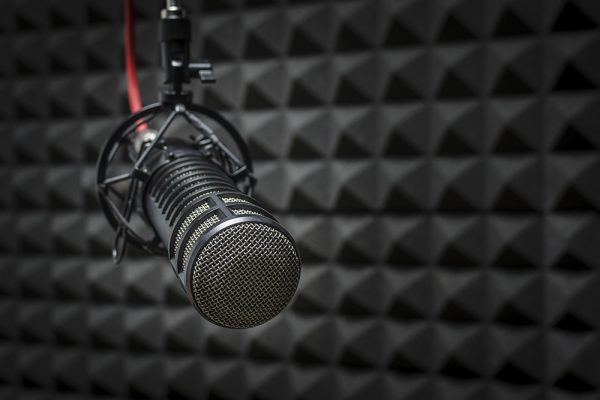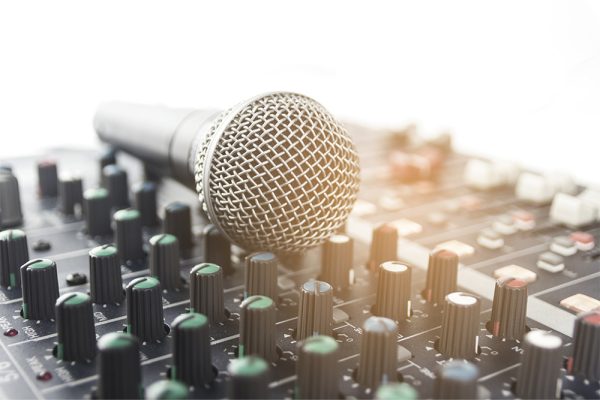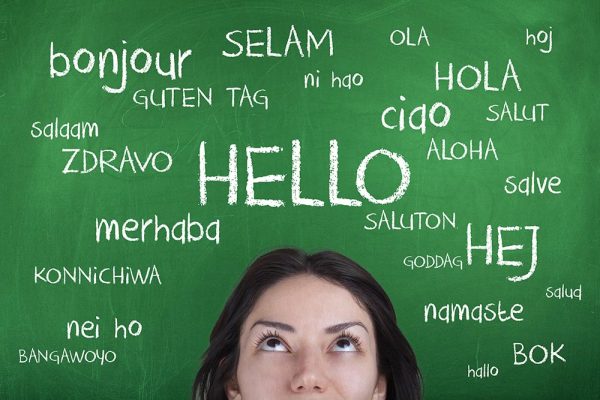We think it’s really important to show everybody just why television closed captioning and subtitling services really matter. We want the world to understand why captions aren’t just for foreign speakers; they’re not just something that viewers can chuckle at when they go wrong. For so many people, high quality subtitling is a necessity and the connection between television subtitles and high frequency hearing loss is enormous! The deaf community needs our help to access video content; to help them journey up that mountain they climb every single day, just to gain the access to sound that they deserve.
It’s no secret that subtitles and closed captions are great for hearing impaired audiences, in giving access to speech and other audio-visual information. For most people suffering from hearing loss (especially age related), deafness most frequently affects high frequency sounds. But what does this mean for TV viewing in terms of hearing and understanding speech? This blog covers television subtitles and high frequency hearing loss.
High Frequency Hearing Loss and the Speech Banana
The letters that make up speech are all spaced between different frequencies. Low frequency sounds include ‘m, j, n, u, v, d and b’. High frequency sounds include ‘f, s, th, k, sh and h’. On a graph, the layout of these sounds is known as the Speech Banana, because of the shape it forms. The speech banana is widely used in pediatric audiology to inform parents of children with hearing loss. Understanding more about hearing loss allows a deeper understanding of speech delays and communication difficulties based on lack of access to sound.
Why Explanations of Hearing Loss aren’t Enough!
It’s great to have a written example of what sounds viewers with hearing loss may miss. Wouldn’t you like to know what noises grandma might not be hearing when she’s watching Murder She Wrote? Wouldn’t you like to understand why deaf children can experience such struggles when it comes to speech development? Written explanations are useful, but nothing beats a real, tangible example of what people with hearing loss are really dealing with when it comes to watching TV. We need to experience hearing loss to truly appreciate the importance of television subtitles and high frequency hearing loss.
Our Audio Example Showing the Importance of Subtitling for Hearing Impaired Viewers
In an attempt to portray what hearing loss feels like, online simulations typically play repeated audio with increasingly muffled sound. Unfortunately, these simulations often don’t delve into the effects of hearing loss that are concentrated in the high frequencies. The reason that deaf and hard of hearing audiences don’t have full access to speech is more complicated than ‘because the TV isn’t loud enough’.
At Capital Captions, we have personal experience and truly care about the deaf community. We also run a sister site, My Little Ears, with information and products for deaf children, so in order to benefit everybody: both companies consider subtitling and the parents needs for more information on high frequency hearing loss, we’ve created our very own sound simulation. Using a readout of a well known children’s book, Heidi, we’ve worked with professional audio editing software. We have turned down the frequencies that high frequency hearing loss typically most affects. We’ve also decreased overall audio volume in relative increments, reflecting different levels of deafness: normal, mild, moderate, severe and profound.
If you are a viewer that feels strongly about subtitling and closed captioning for the deaf, feel free to leave a comment on our site below and maybe follow us on Twitter or Facebook!











Comments are closed.